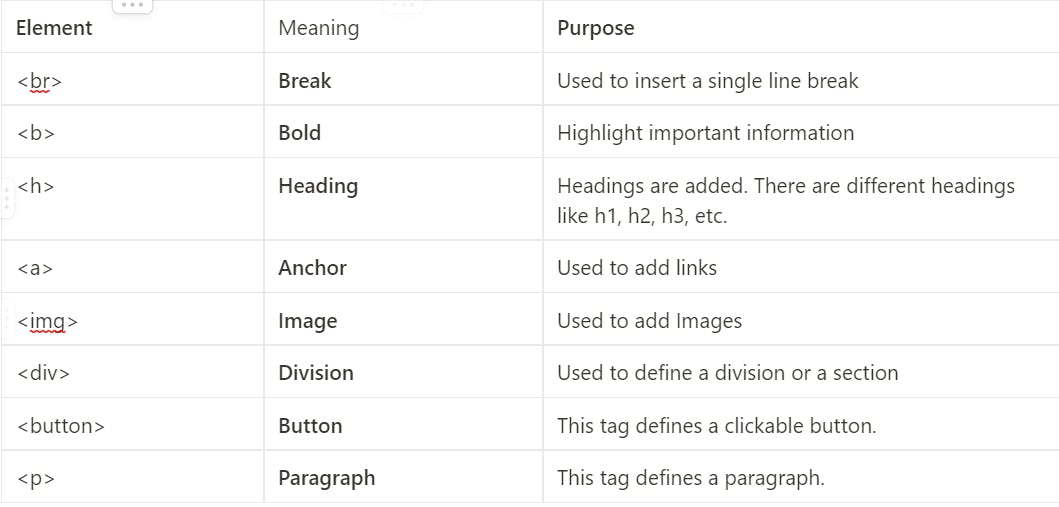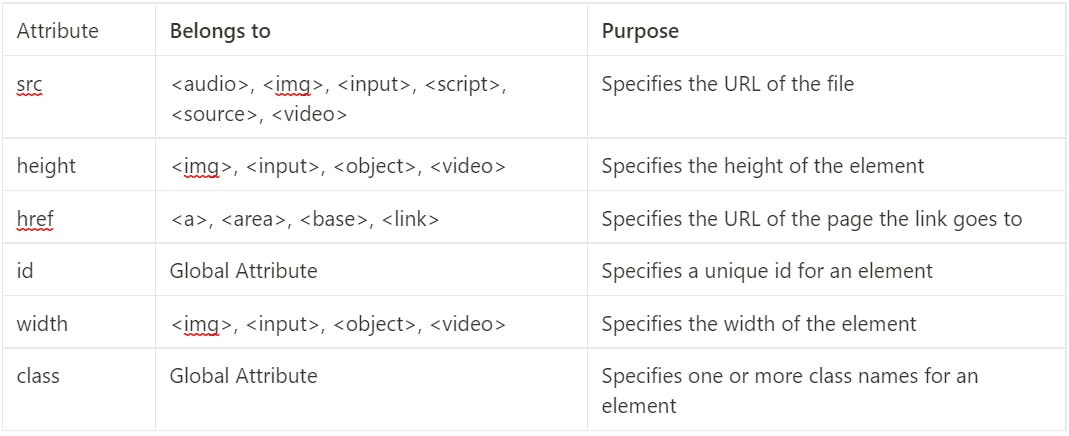After reading the title you might think that I have written the wrong full form of HTML. HTML is really Hyper-Text Markup Language. But why have I written it wrong? Well, cause I will be talking about History, Time, Money, and Language here.
Whenever anyone talks about web development, there comes HTML, which you should know if you want to be a web developer. Developers use HTML code to design how a browser displays web page elements, such as text, hyperlinks, and media files.
HTML is now considered an official web standard. The World Wide Web Consortium (W3C) maintains and develops HTML specifications, along with providing regular updates.
This article will consist of information about HTML.
Introduction
Let us begin with the introduction, which is some kind of mandatory theory.
The HyperText Markup Language or HTML is the standard markup language for documents designed to be displayed in a web browser. With HTML you can create your own Website.
HTML is the language in which most websites are written. HTML is used to create pages and make them functional.
Hypertext means that the document contains links that allow the reader to jump to other places in the document or to another document altogether.
A Markup Language is a way that computers speak to each other to control how text is processed and presented.
The average website includes several different HTML pages. For instance, a home page, an about page, and a contact page would all have separate HTML files.
HTML documents are files that end with a .html or .htm extension. A web browser reads the HTML file and renders its content so that internet users can view it.
History
HTML was first created by Tim Berners-Lee, Robert Cailliau, and others starting in 1989.
In 1980, the physicist was working as a contractor at CERN (European Organization for Nuclear Research) proposed and prototyped a system for CERN researchers to use and share documents. In 1989, Berners-Lee wrote a memo proposing an Internet-based hypertext system. Berners-Lee specified HTML and wrote the browser and server software in late 1990. That year, Berners-Lee and CERN data systems engineer Robert collaborated on a joint request for funding, but the project was not formally adopted by CERN. In his personal notes from 1990 he listed "some of the many areas in which hypertext is used" and put an encyclopedia first.
The first publicly available description of HTML was a document called "HTML Tags", first mentioned on the Internet by Tim Berners-Lee in late 1991. It described 18 elements comprising the initial, relatively simple design of HTML.
Berners-Lee considered HTML to be an application of SGML. Except for the hyperlink tag, most of the tags were strongly influenced by Standard Generalized Markup Language (SGML).
After that many versions of HTML are released, making it easier to work. The latest version is known as HTML5.
HTML uses two things: tags and attributes.
Tags are used to mark up the start of an HTML element and they are usually enclosed in angle brackets.
Attributes contain additional pieces of information. Attributes take the form of an opening tag and additional information is placed inside the tag.
Time
So, the next question is how much time do you need to learn HTML and create websites of your own.
HTML is used for making the basic structure of web pages. That means how to layout an HTML page, how to add text and images, how to add headings and text formatting, and how to use tables. A web browser reads the HTML file and renders its content so that internet users can view it.
All HTML pages have a series of HTML elements, consisting of a set of tags and attributes. HTML elements are the building blocks of a web page.HTML consists of a series of elements that tell the browser how to display the content. These elements label pieces of content such as "this is a heading", "this is a paragraph", "this is a link", etc.
A tag tells the web browser where an element begins and ends, whereas an attribute describes the characteristics of an element.
Some useful tags -

The most important point to remember is that many tags must be opened <tag> inclosed by the angular brackets and closing the tag with these nasty brackets with a backslash in front </tag>.
All the element information such as a title or text is written between the tags. The tags must be closed in the order in which they were opened.
There are several common attributes that may appear in many elements :

Money
Well, let's talk about Money which is considered as the basic need of money. Html is like money.
Everything has a price, but not all prices appear on labels.
Relax this doesn’t mean that you have to spend money to learn Html, well if you are addicted to online courses on Udemy, Coursera, etc. There are a lot of amazing courses from which you choose and can learn front-end development. There are lots of other resources too which are free, like MDN docs, w3schools, freecodecamp, and lots of other sites and YouTube is always there to help you out.
I mean Just like money is essential in life, Html is essential for creating websites. If you wanna be a web developer you have to learn Html.
What you need to start making web pages, is you need an HTML editor, like, VS Code, Brackets, Sublime Text, Atom, notepad++, etc. You can use Notepad to Create, Save, Edit, and Open an HTML File. Yeah, that same old, underrated text editor is used to create web pages. Copy the code below in notepad and save the file with .html extension and open the file in your browser.
<!DOCTYPE html>
<html>
<head>
<title>First Web Page</title>
</head>
<body>
<h1>Hello Your Name</h1>
<p>Let Us Learn About Web Development.</p>
</body>
</html>
And Voila you got your first webpage, now you can start making your own cool websites.
<!DOCTYPE html> — This tag specifies the language you will write on the page. In this case, the language is HTML 5.
<html> — This tag signals that from here on we are going to write in HTML code.
<head> — This is where all the metadata for the page goes — stuff mostly meant for search engines and other computer programs.
<body> — This is where the content of the page goes.
<title>— This is where we insert the page name as it will appear at the top of the browser window or tab.
<h1> — This element defines a large heading
<p> — This element defines a paragraph
The HTML <body> is where we add the content which is designed for viewing by human eyes.
Language
Most people think that HTML is a programming language and they can call themselves a programmer. If the interviewer or any person who has some knowledge asks them about their tech stack they say they know HTML, then maybe they are showing them that they really don’t know about it.
I am not saying that HTML isn’t a language it is a language but HTML is not considered a programming language as it can’t create dynamic functionality. You cannot keep HTML in the same category as C, C++, Java. These languages can be independently used to create programs and many applications. Just as these programming languages have some predefined rules.
HTML also had some predefined rules which you need to keep in mind. You don’t need to put semicolons at the end of each line.
The three main parts of an HTML element are:
- Opening tag – Used to show that an element starts to take effect. The tag is wrapped with opening and closing angle brackets. For example, use the start tag
<h1>to create a heading1. - Content – this is the output that other users see.
- Closing tag – the same as the opening tag, but with a forward slash before the element name. For example,
</p>to end a paragraph.
Their are some
But HTML can only make the basic layout of a website as you did above.
For designing and applying styles and activities you need to know more about CCS and JavaScript. Which are topics of some other day.
Conclusion
Well if you want to be a web developer learning HTML is the first step, to begin with.
HTML is the standard markup language for documents designed to be displayed in a web browser. With HTML you can create your own Website.